The best Cox's apple varieties to eat and grow — including one you'll never see in a supermarket
Steven Desmond takes a look at the various members of the Cox apple family, and suggests some to look out for.
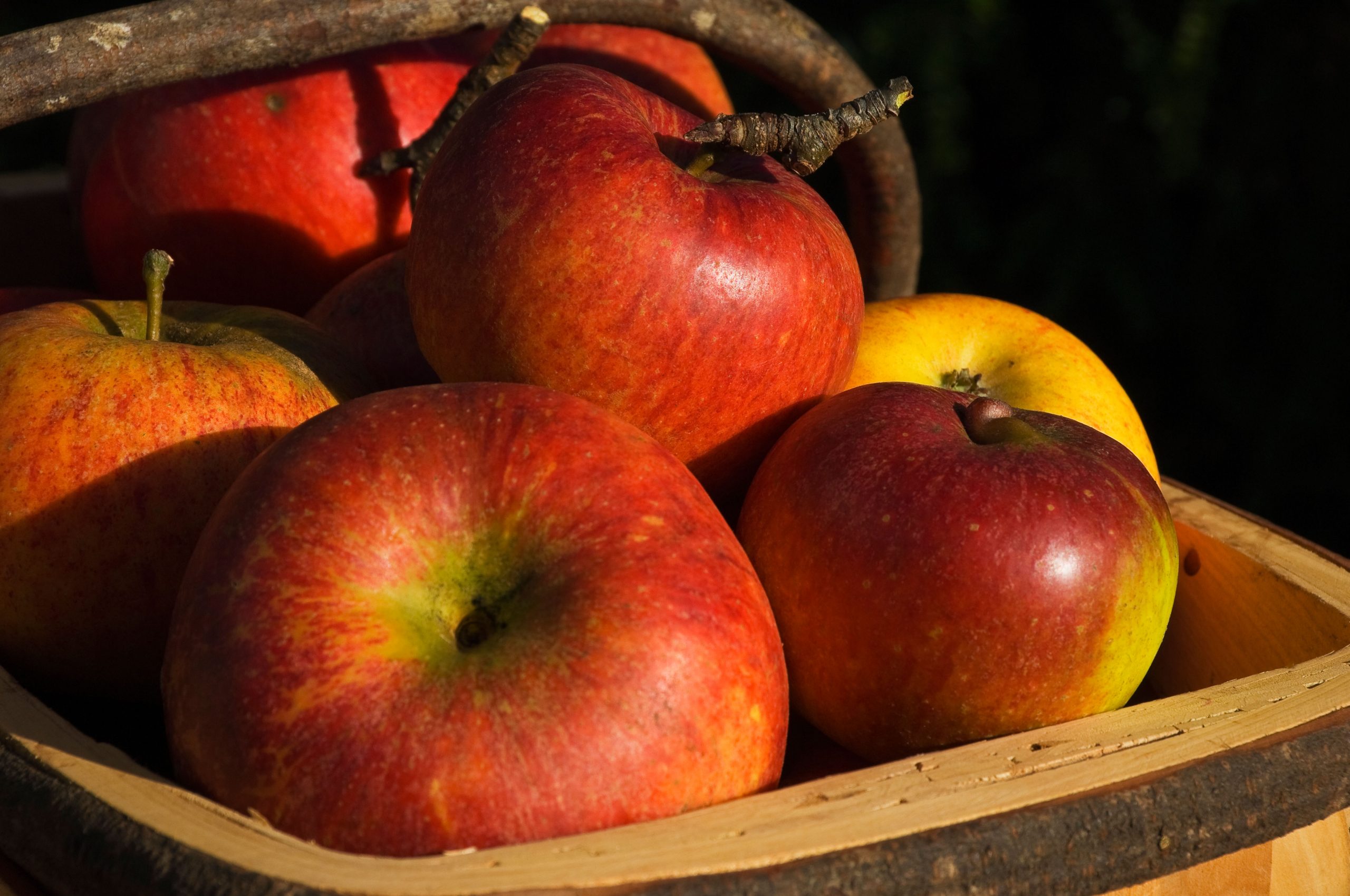
A visit to a well-organised apple store in November is always a wonderful experience. The early eaters that, although lovely, will not keep, are a distant memory. We now see before us those sterling kinds that ripen on the tree in October, but whose flavour and texture will improve with proper storage — cool, dark, frost-free — and will keep in good order until at least the following March.
The prince of all these among English apples is Cox’s Orange Pippin. Every grower knows that Cox is a difficult fruit to bring to a high standard, but it remains, after nearly 200 years, the one the connoisseur wants to eat. It is at its best from store in November and December. Its thin skin and the foaming texture of its richly sweet flesh are always welcome. In 1929, the fruit critic Edward Bunyard called it the Château d’Yquem of apples, on account of its combination of rich sweetness and long keeping quality.
"Charles Ross is never seen in shops because it will not keep. It is, however, very easy to grow, making it ideal for the private garden"
Cox’s Orange Pippin was bred in 1830 by Richard Cox, a retired brewer. Cox lived at Colnbrook, now romantically sandwiched between Slough and Heathrow Airport, but then a quiet corner of rural Buckinghamshire. We do not know the apple’s parentage, but it is likely that one of its forebears was Ribston Pippin, a Yorkshire-born dessert apple that, to Victorians, occupied the place on the podium of ideal dessert apples now assumed by Cox.
This is the real wonder of Cox’s Orange Pippin: although it took me many years of gradual discovery to appreciate it, many of my favourite apples are closely related to it. When I encounter the eating quality of an unfamiliar apple and come to do a bit of superficial homework, there is Cox nearby on the family tree, quietly nodding to me in an unobtrusive way.
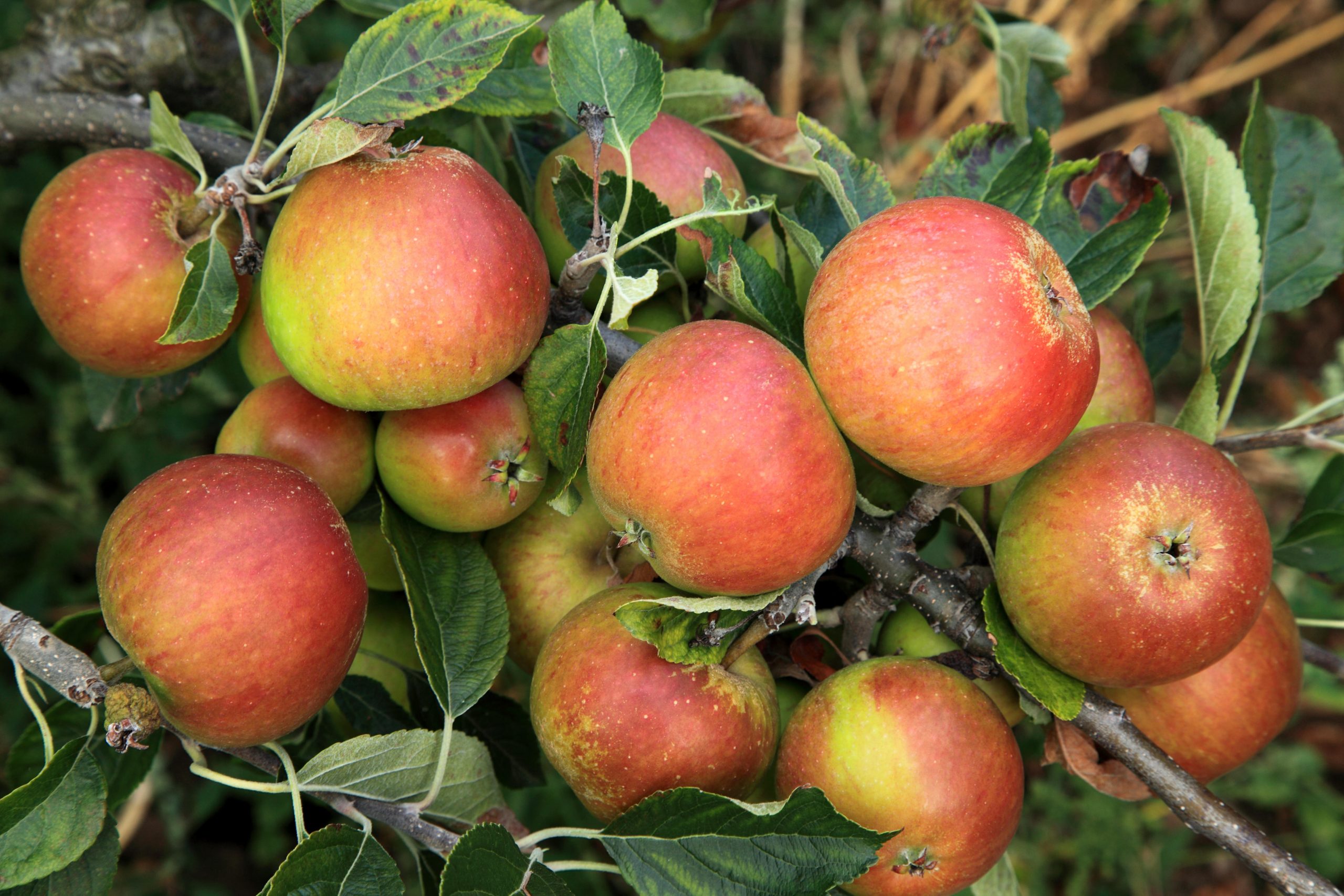
This is by no means to suggest that these relatives are all more or less the same. Not a bit of it. They are as varied as the members of any extended family.
One of the best Cox relations is Charles Ross, never seen in shops because, despite its excellent qualities, it will not keep. It is, however, very easy to grow, making it ideal for the private garden.
Each fruit is amazingly large, so it looks rather like a Cox the size of a cooking apple. There is something in this, as it is as good eaten straight off the tree as it is baked in a pie. It is, in my experience, the filling for Apple Charlotte par excellence, using Jane Grigson’s classic recipe.
Exquisite houses, the beauty of Nature, and how to get the most from your life, straight to your inbox.
Cox is also a parent of all those Laxton dessert apples that used to appear in everyone’s lunchbox, but which are now seldom seen. Laxton’s Superb did not really deserve that adjective (Laxton’s Fortune is better), but was so familiar that a character in Joan Aiken’s 1968 novel A Necklace of Raindrops is called Sir Laxton Superb.
"Kidd's orange red is the apple I most look forward to eating"
One of the less well-known apples of Cox descent is Rubinette, the only commercial deficiency of which is that it is rather small. It does turn up, however, so look out for it. Its glossy skin, with bright pink overlying green, is of the same crisp, non-greasy thinness as its famous parent and the flesh is unfailingly crunchy, more so than Cox, with a rich and lasting sweetness all the better for being only snack size. To think that it was bred in Switzerland!
The best of all the Cox relations for my money is Kidd’s Orange Red. It is easily recognisable, with the orange-striped colouring of Cox, but over a rather angular shape. It was bred in Greytown, north of Wellington in New Zealand, by James Kidd, who hailed originally from Hexham in Northumberland.

In 1912, he carefully cross-pollinated Cox with the American apple Delicious and, by 1930, Kidd’s Orange Red was in commercial production. It is a little too unreliable to be really successful in this country, although it is well worth growing in a sunny spot and its home remains the best source. It has those skin and flesh qualities so much admired in Cox and keeps well, both in this country and on its epic journey across the world. To me, it is the apple I most look forward to eating.
There are many other Cox derivatives to be found in shops and orchards, including favourites such as Red Windsor, Ellison’s Orange, Allington Pippin and Katy. Their many and various qualities speak for themselves, but their long and happy future is assured by their lineage.
Steven Desmond’s book Gardens of the Italian Lakes is out now, published by Frances Lincoln.
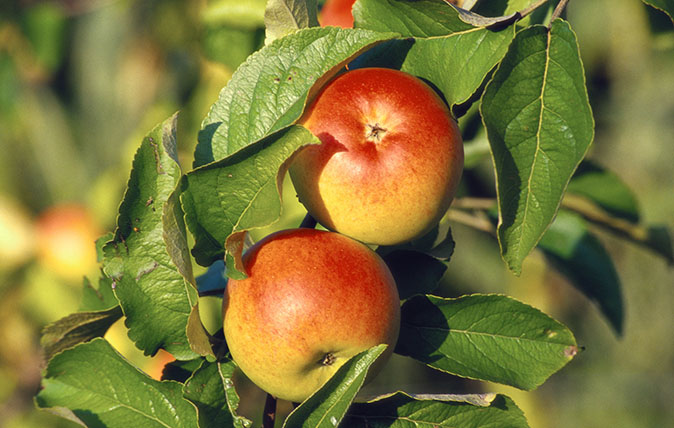
Credit: Alamy
The best apples you've never heard of: From Winter Banana to Pommerscher Krummstiel
Charles Quest-Ritson takes us beyond the Granny Smith to explore other varieties of this quintessentially English fruit.

Credit: Getty Images/iStockphoto
How to choose and appreciate your apples with the same care you'd use for a decent bottle of wine
Charles Quest-Ritson loves apples — but laments the fact that we simply don't have the same vocabulary to describe the fruit
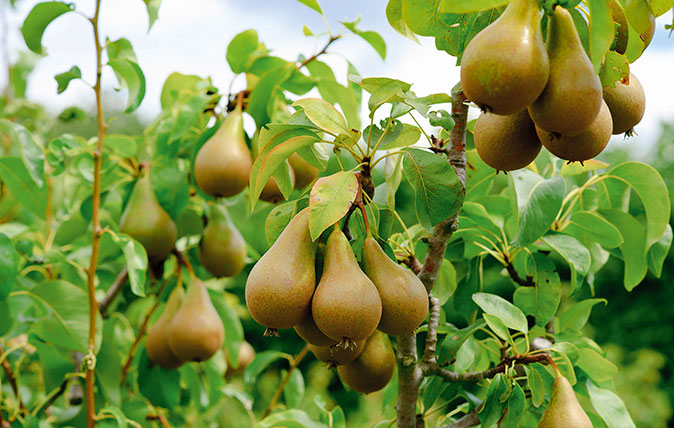
How to grow a pear tree: What to choose, how to look after it
Steven Desmond explains the mysteries of the pear – and suggests a few varieties who want to take the plunge and
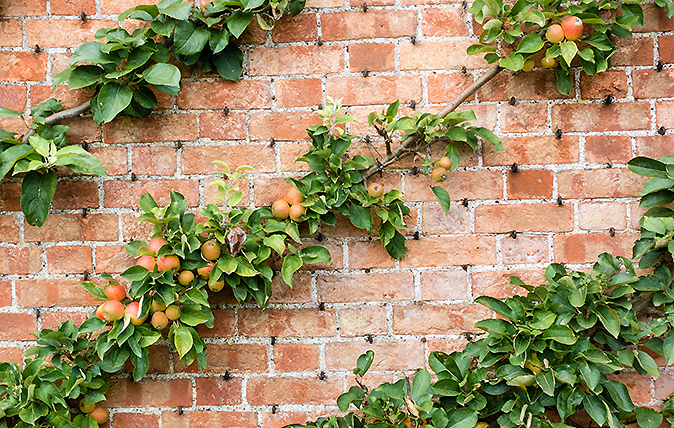
Credit: Steve Taylor ARPS / Alamy Stock Photo
How to get the best out of the apple and pear trees in your garden
Tom Coward, the head gardener at Gravetye Manor, talks about how to get the most out of your fruit tress